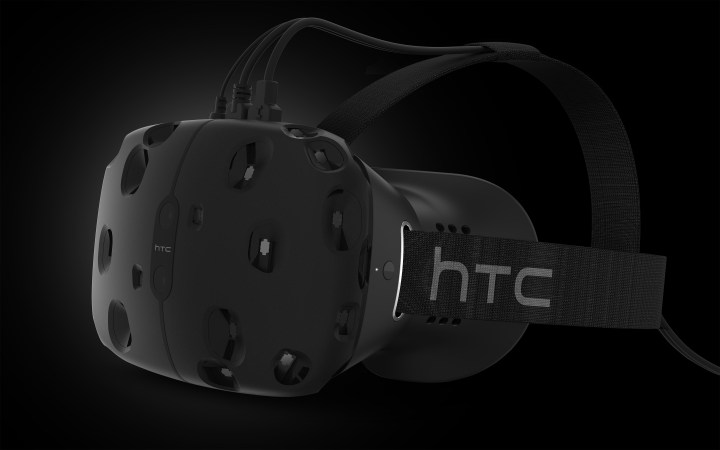
While Valve says these issues have been nullified on its own end, users who still experience nausea when playing games on the SteamVR-powered HTC Vive headset can blame software developers for making bad apps.
“As consumers and people in the community, hold developers to it,” Valve’s Chet Faliszek advised a crowd at Eurogamer Expo in Birmingham, England last week, GamesIndustry.biz reports. “They shouldn’t be making you sick. It’s no longer the hardware’s fault anymore. It’s the developers making choices that are making you sick. Tell them that you don’t want that.”
Faliszek says that causing someone to get sick in virtual reality is usually the result of trying to link conventional game controls with a VR environment. For instance, asking players to press a button on their controller to interact with in-game objects, or having them press forward on a control stick to move, is not ideal VR development practice. Instead, getting players out of their chairs and actually moving around the room while using their hands to interact is “exponentially better,” he explained.
Clearly, that’s a marketing jab at the Rift, Oculus VR’s popular headset which doesn’t allow for real-world maneuvering. Rather, players are tied to a single location when playing games, with tracking that limits movement severely. While the Vive will ship with two Lighthouse controllers when it launches to the public next year, the Rift will utilize the Xbox One controller that, while simple enough, is the exact channel to nausea that Faliszek indirectly alludes to.
However, it should be noted that Oculus will, alternatively, offer a set of hand-tracking, Wii Nunchuk-esque Touch controllers in the second quarter of 2016. They will be an optional extra.
Nonetheless, game developers and publishers alike have expressed concerns with VR motion sickness in the past, although those were usually caused by development kits with refresh rates and resolutions lower than the final consumer editions of the hardware. Still, the issues were pronounced enough to lead Oculus to warn the competition about “[poisoning] the well” with poorly conceived VR headsets, according to Ars Technica.
To an extent, it’s now clear that Faliszek is right about one thing. With 90Hz refresh rates and low-persistence pixels that no longer induce motion blur, the hardware should be good enough to prevent nausea. On the other hand, blaming developers for making bad apps means some heavy vetting should be in order prior to the Vive’s first-wave launch later this year. After a comment like this, seeing the Vive engender queasiness would be an embarrassing mishap considering Valve bears control over its own marketplace.


